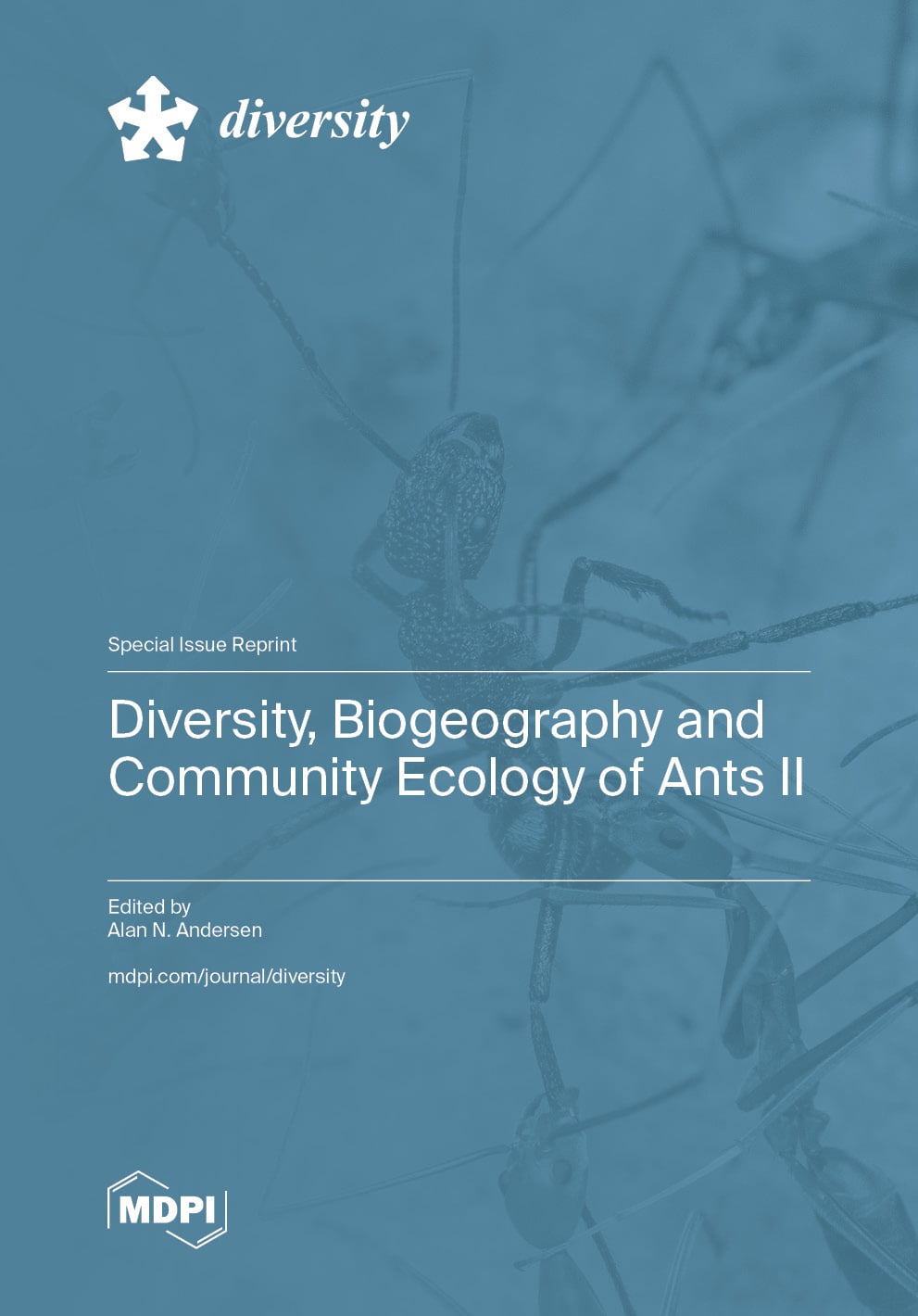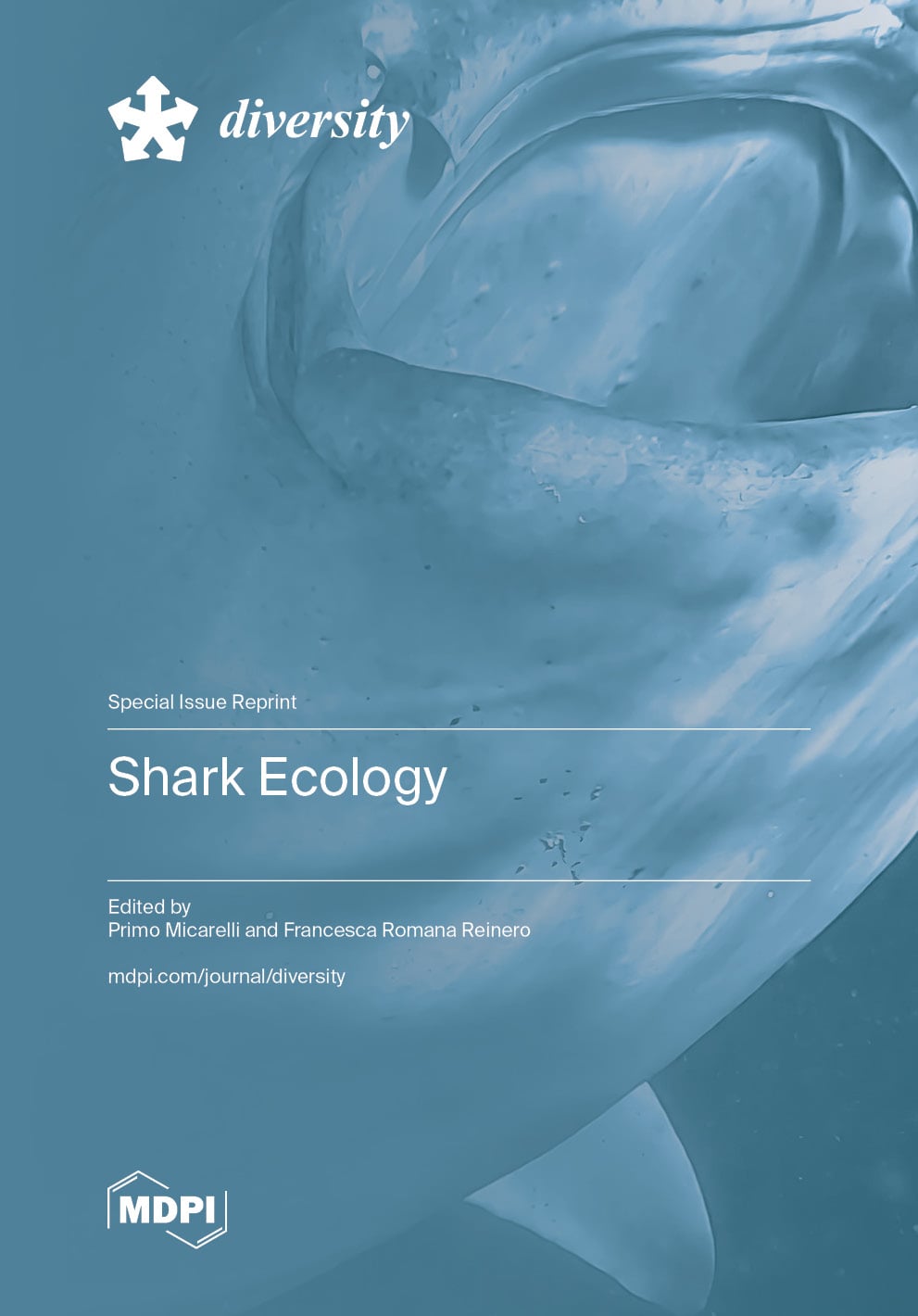- 2.1Impact Factor
- 4.0CiteScore
- 18 daysTime to First Decision
Diversity
Diversity is a peer-reviewed, open access journal on the science of biodiversity (from molecules, genes, populations, and species to ecosystems), and is published monthly online by MDPI.
Quartile Ranking JCR - Q2 (Biodiversity Conservation)



